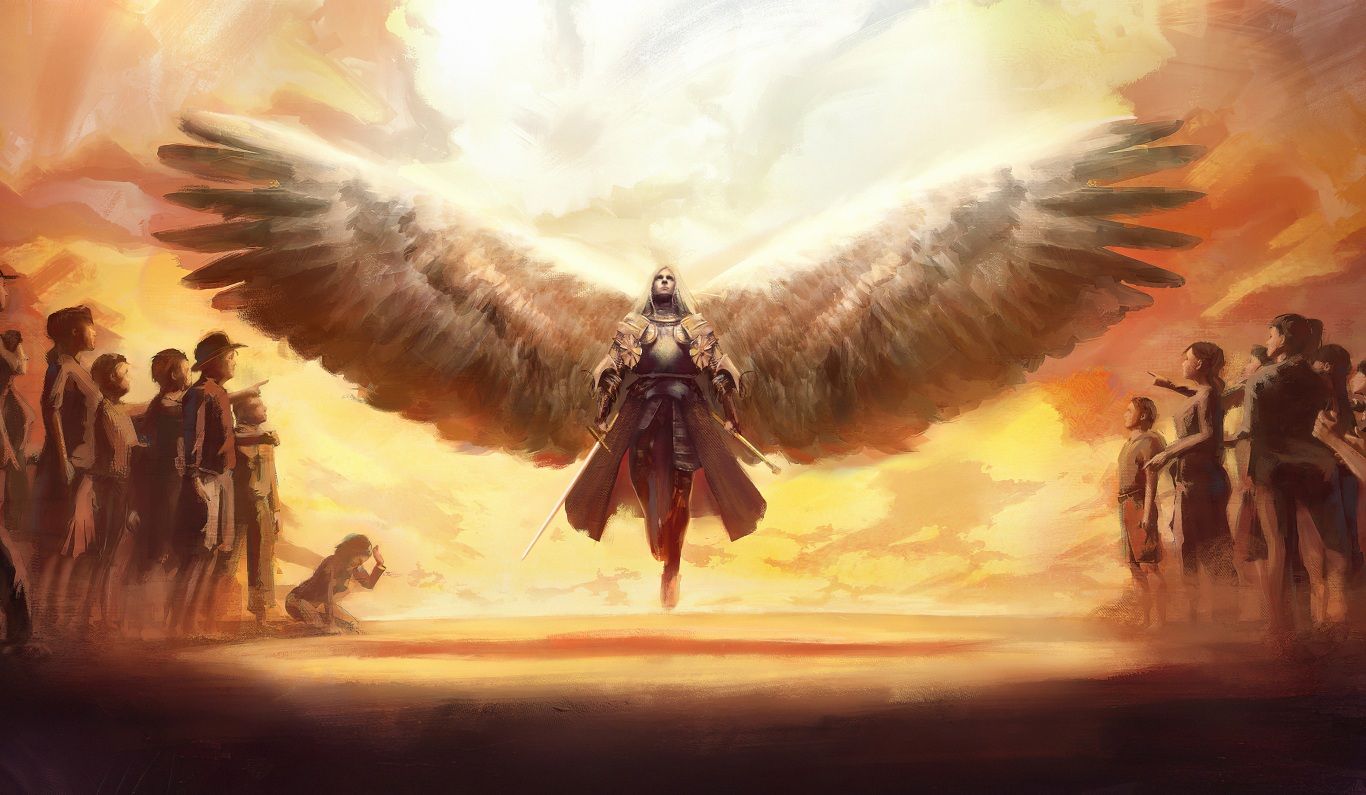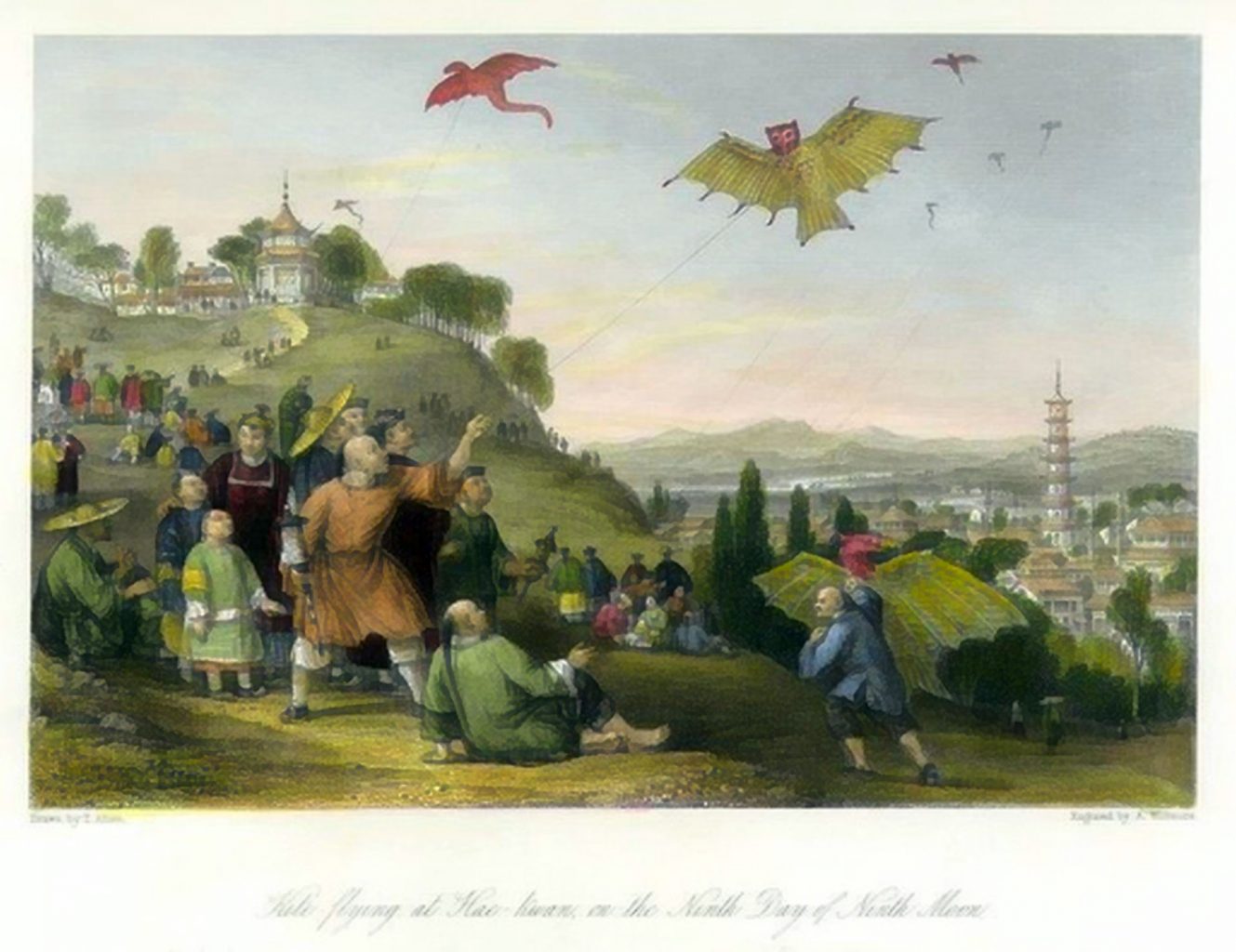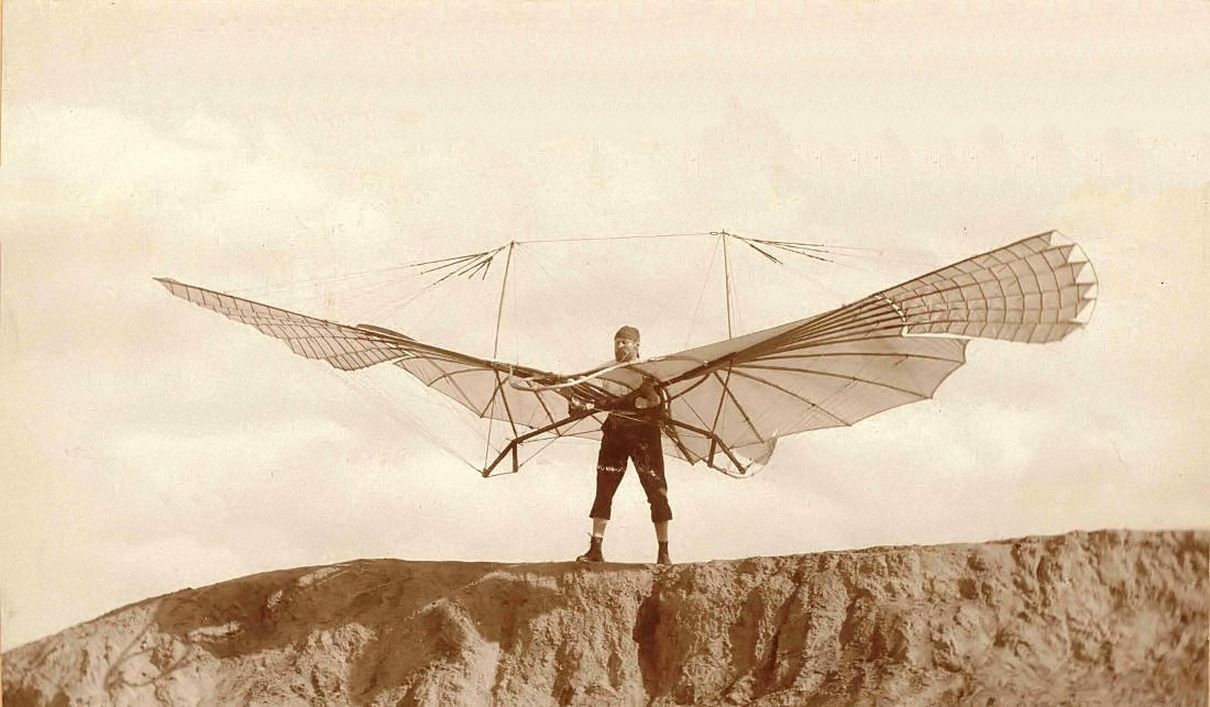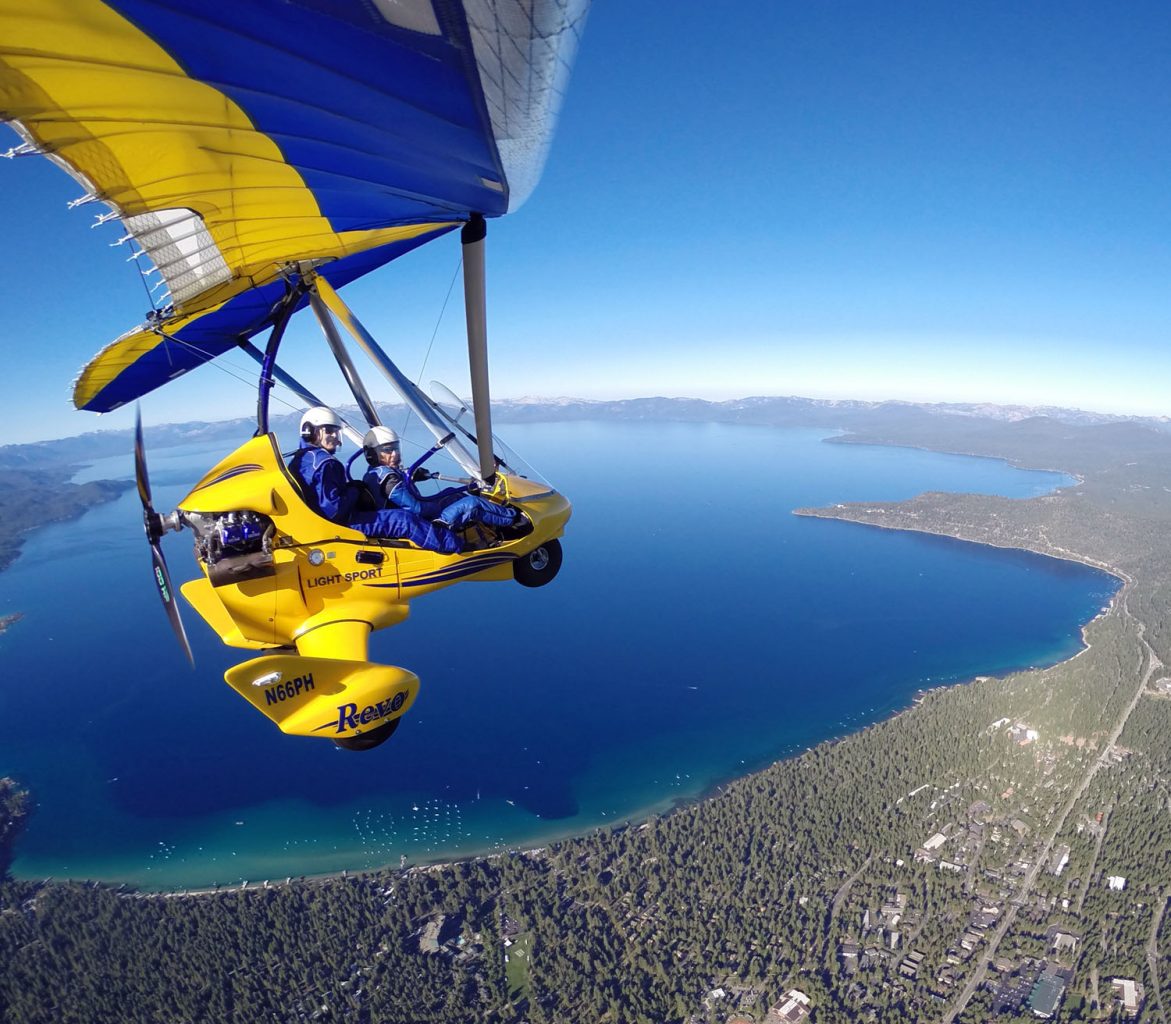
There were actually men who flew in the air, dating from the 550’s AD, through medieval times, and renaissance times, who crashed land, and usually died. We will later talk about aviators from the 1800’s.The beginning part of this article is about men, in early times, who were attached by ropes, to large kites. The kites were either pulled by runners carrying separate robes to get airborne, then the robes were released. Or the manned kites were pushed off a high cliff into the air. The men flew a bit, but often resulted in fatalities. Survivors were very much injured. The first kites were made in Asia.
The most ancient kite was erected in a core, from the netholitic period, in Muna Island. southwest Sulaweski, Indonesia., dating from 9,500 BC to 9,000 BC. That type of kite design is called a magnetic which still is used by the modern Muna people. The kite consists of kolope (forest timber) leaf for the material bamboo skin as its frame, and the twisted forest pineapple fiber as rope. The modern kites use a strong string. The Chinese were among the earliest people who also created kites.

Kites were used in the early Warring States Period ( 475 BC to 221 BC ) by Mozi and Lu Ban, two philosophers who came to study the teachings of Confucius. The kites were made from wood, bamboo, paper, or silk. In Chinese history, (and later in Japan) in the 500’s AD, prisoners, as a form of execution or severe punishment by warlords and other authorities, were attached to large kites that went airborne shortly, then crashed, almost always killing the rider. In warfare, the Chinese used kites to send small, light weight supplies, to carry written messages to those rare individuals who could read, or to carry a special flag to signal peace and compromise.
There were also ancient Chinese who, in general, used kites as entertainment and as a form of a sport. The Book of Sui, dating from 636 AD, tells the tale of the tyrant Gao Yang, also known as Emperor Wenxuan of Northern Qi (reigned 550AD to 559 AD), murdered prisoners by commanding them to “fly” using bamboo mats (man-carrying kites). In a Chinese history book, written in 1044 AD, entitled “Zizhi Tongjian”, documents that under the Ruler Gao Yang, in one case, caused all the airmen of a large kite, in the year 559 AD, to perish except for the Eastern Wei Prince Yuan Huang Thou. Marco Polo, the famous Venetian Italian traveler and explorer, while in Weifang, China in 1282 AD, allegedly witnessed the flying of manned kite from a ship.
In his travel diary, he wrote that there was a time honored tradition in Weifang whereupon a sailor ( as a drunken sailor or a bully sailor) was binded to a large kite. This operation was to be an omen. If the kite and sailor flew straight, the journey would be good and rewarding. If the sailor fell down, the journey would be bad and harmful. And in Japan, around the sixteenth century AD, a thief named Ishikawa Goemon (1558-1594), and his men used a large trapeze to propel him high in the air while grabbing a high overhead flying kite that landed on the top of the Nagoya Castle. From there, he stole the golden scale of the highly decorated fish images. Then he escaped with the stolen item by climbing down, by ropes, to the ground. By the end of the sixth century AD, the Chinese began to build very large and very strong kites that can maintain the weight of an average person. Here is the beginning of very early, primitive hand gliding.

In the 1800’s, there were men who used very big and very long artificially made wings. These wings did not flap to provide flight. When attached to a man, who normally launched himself off a high cliff, the wings caught the air currents, and traveled along with them. But, there was not enough proper weight displacement and these wings caused navigation problems, rocky; choppy motions, and even soon afterwards hard falls to the ground. So stories of these men with large wings in the skies, as such tales in Europe, were not fiction, and the men were not of supernatural origin. One of the best, if not the best examples of a “birdman”, “with big, big wings” was the famous German air glider Otto Lilienthal (1848-1896), also known as “the flying man” who was the first person to make well documented, repeated, successful flights with gliders. But, he died on August 10, 1896 at age 48, from a ceverial fracture from a hand glider crash.
As years and years went by, all sorts of highly sophisticated, better designed gliders looking like kites, ship sails, wings, and tents were experimented with. Science advanced with aerodynamics, weather conditions, physics of flight, wind phenomena, and the use of various materials. The result – a great scientific evolution occurred that produced the modern hand gliders we have today.



